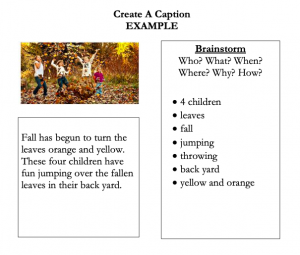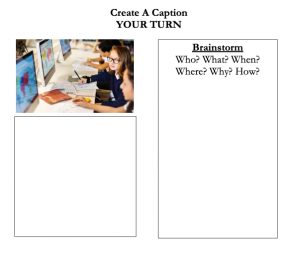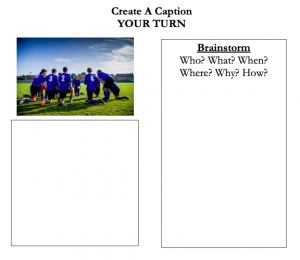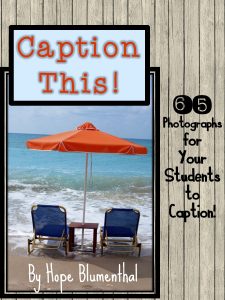 Spring is in the air! Learn about the blooming power of flowers and then do a hands-on activity creating a blooming flower and card to give to someone special.
Spring is in the air! Learn about the blooming power of flowers and then do a hands-on activity creating a blooming flower and card to give to someone special.
Spark your thinking!
1. Set up your early enrichment mini spark recording page: #67: Flower Power
2. Watch this Mystery Science video about how flowers bloom. Record 3 things you learned on your recording page.
3. Gather needed materials to complete the activity.
- Crayons
- Scissors
- Dot Stickers or Tape
- Plastic Paper Plate or Bowl
4. In this activity, you will make a colorful paper flower and a greeting card that they can give to any special person in their life. When placed in water, the paper flower will unfold, appearing to move and bloom in front of your eyes! You may want to use this as a Mother’s Day activity, but you choose who will receive the card, so it can be for anyone special.
5. Print this template single sided. Ask your teacher for help if needed.
6. Follow the step-by-step instructions on the paper.
7. Once your flowers are complete add them to the card.
8. When you give your card, explain that you will need to your place the flowers in water and you can watch them bloom together!
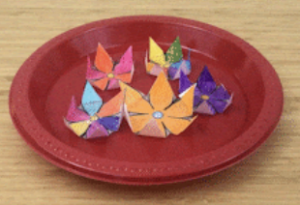
Extension: You can see for yourself how water moves inside a plant. Fill a glass with water and add a few drops of red or blue food coloring. Place a white flower in the glass. Wait a few hours and watch to see what happens. Look closely at the flower petals. What do you notice? Repeat this experiment, but use a stalk of celery or a lettuce leaf. What do you predict will happen?
9. Share your STEAM mini spark recording page with your teacher/EY coordinator.
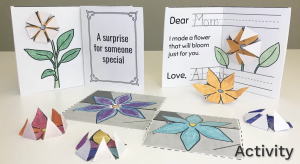


 Nonfiction poetry focuses on conveying facts about subjects through engaging and creative narratives. Nonfiction poetry can be a fun and thought-provoking way to tell a story or impart information.
Nonfiction poetry focuses on conveying facts about subjects through engaging and creative narratives. Nonfiction poetry can be a fun and thought-provoking way to tell a story or impart information.
 Personification is when we give human traits or feelings to things that aren’t human. For example, when we say the wind “whispers” or the trees “dance,” we are making it seem like these things can act like people. It’s a fun way to make stories and poems more lively and interesting!
Personification is when we give human traits or feelings to things that aren’t human. For example, when we say the wind “whispers” or the trees “dance,” we are making it seem like these things can act like people. It’s a fun way to make stories and poems more lively and interesting!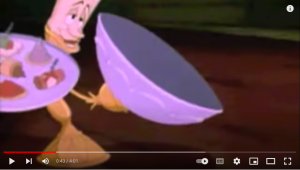
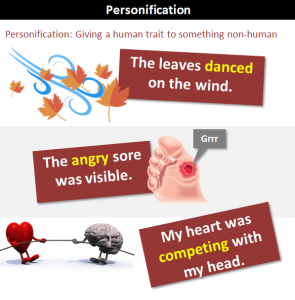
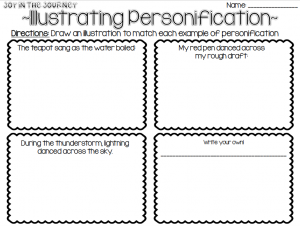
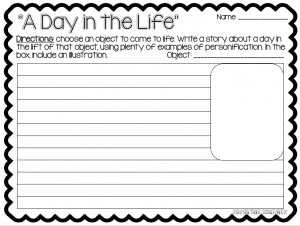

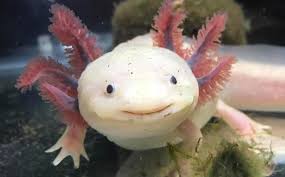

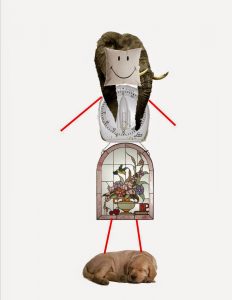
 Even if a picture is worth a thousand words, it still needs a caption. Captions are easy to write if you begin with the basics.
Even if a picture is worth a thousand words, it still needs a caption. Captions are easy to write if you begin with the basics.